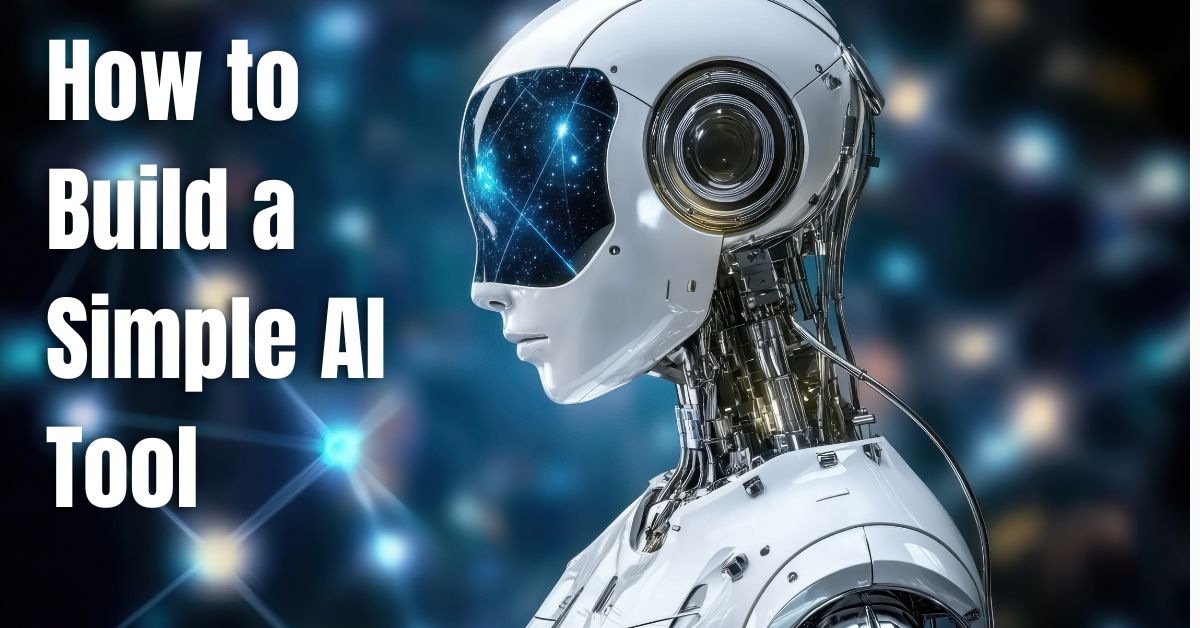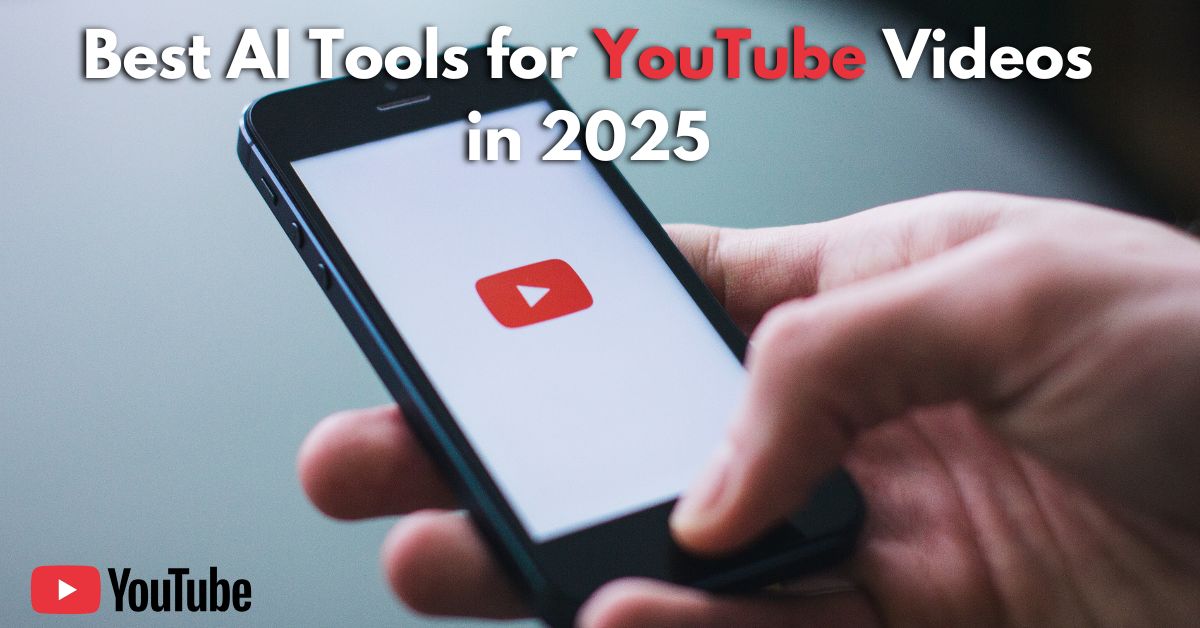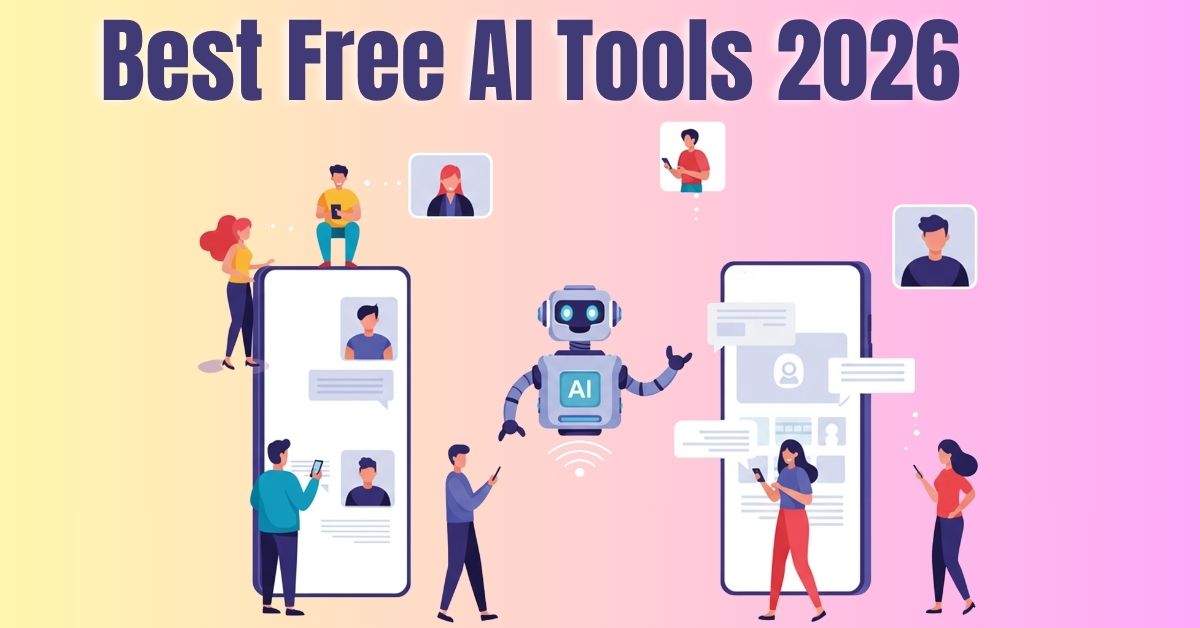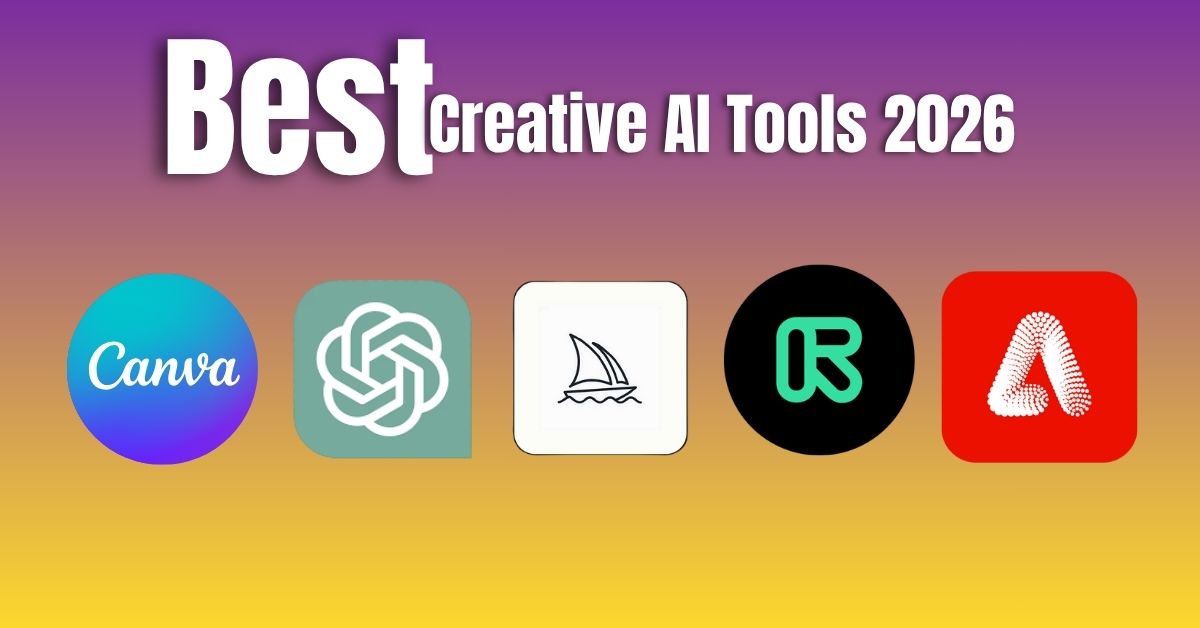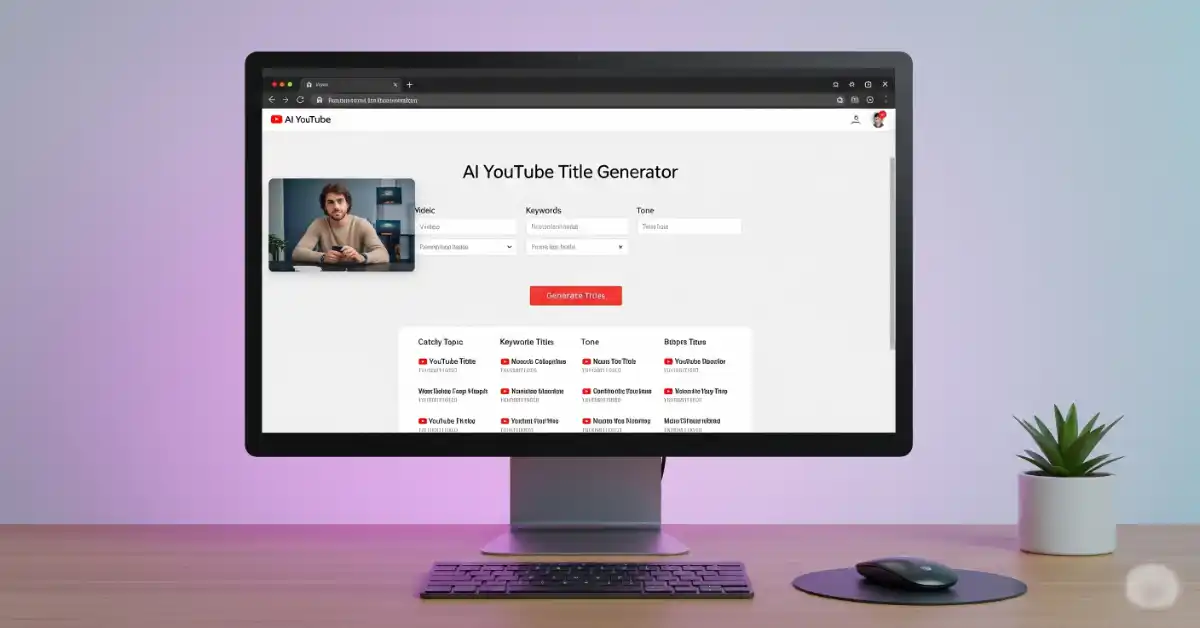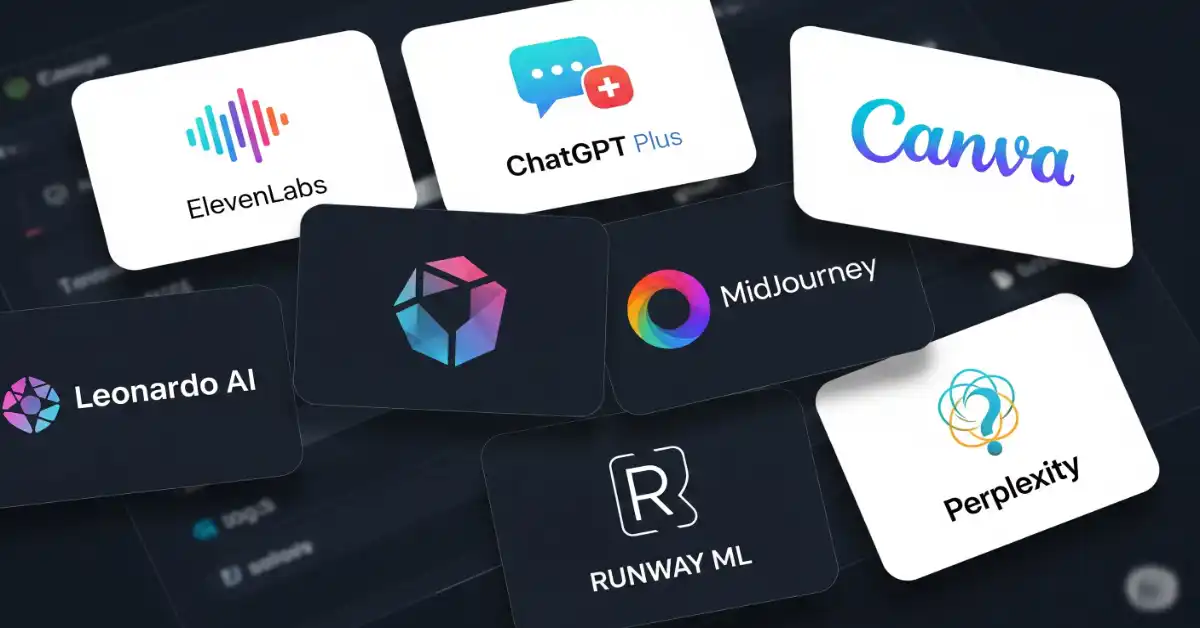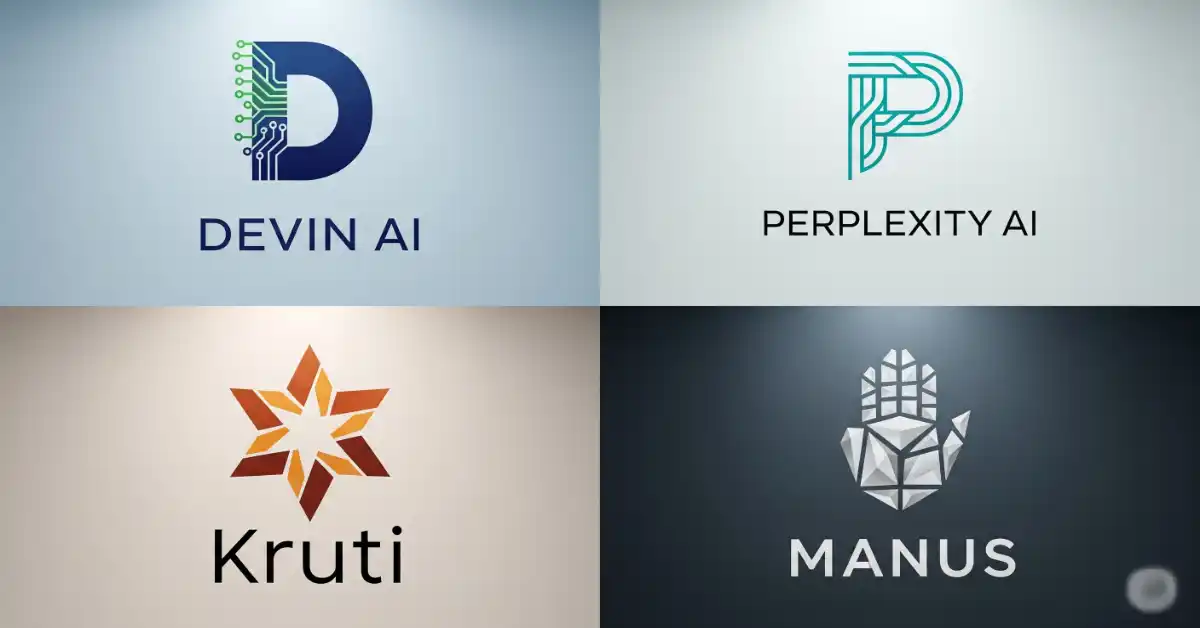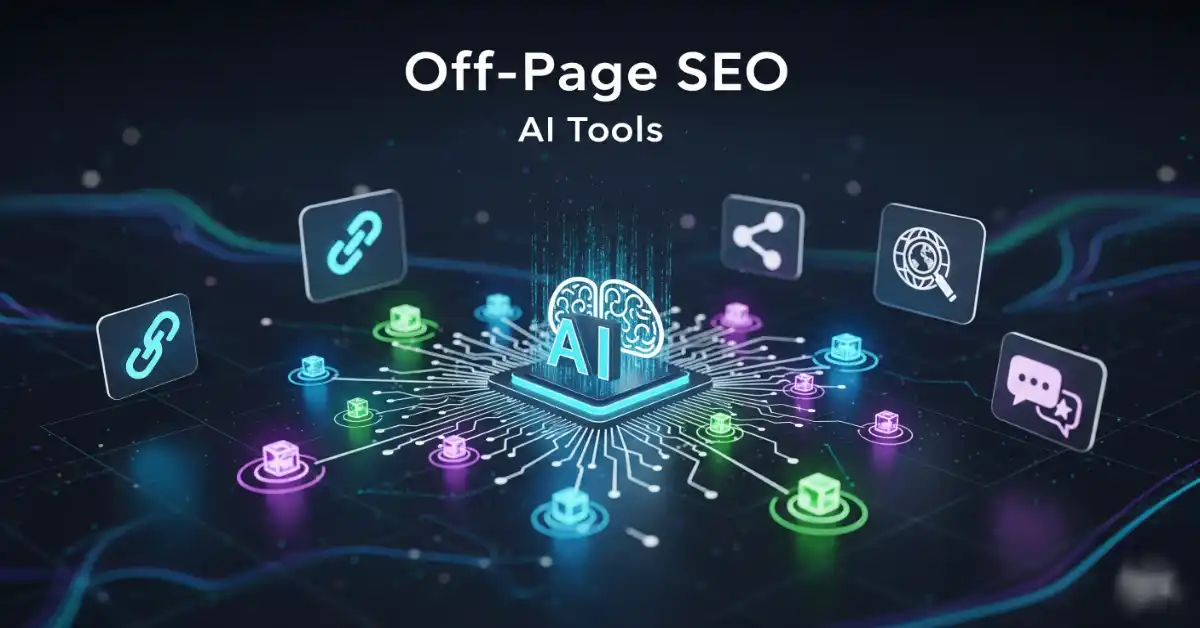Artificial Intelligence (AI) isn’t something futuristic anymore. It’s everywhere around us. From chatbots helping with customer service to AI tools that generate content or automate design, this technology is shaping how the world works.
If you’re a student or beginner wondering how to build an AI tool, here’s some good news: you don’t need to be a coding expert. With today’s free online AI platforms, open-source projects, and ready-to-use datasets, you can create your own AI tool easily often at zero cost.
In this article, you’ll learn how to build a simple AI project step by step, explore beginner-friendly AI ideas, and understand the real cost of building AI tools in 2025.
Why Students Should Learn to Build AI Tools
AI is now one of the top skills employers are looking for. Whether you study computer science, marketing, or design, understanding how AI works helps you stay ahead.
Key Benefits of Learning AI
- Gain real-world problem-solving experience.
- Add practical AI projects to your resume.
- Learn how data, logic, and automation connect.
- Prepare for advanced roles in AI or data science.
If you want to start exploring AI without coding, check out our guide on Best Free AI Tools 2026 for Everyday Use.
Step-by-Step Guide: How to Build an AI Tool
You don’t need to build a complicated system to start. Here’s how to create your own AI free with beginner-friendly tools and open-source code.
Step 1: Choose a Problem to Solve
Start small pick one simple problem that interests you.
Examples include:
- Predicting grades based on study time.
- Building a chatbot for college FAQs.
- Detecting fake news headlines.
- Sorting images into categories automatically.
Defining your problem clearly makes it easier to find the right data and tools.
Step 2: Collect and Prepare Data
AI learns through data. You can collect or download datasets from:
- Kaggle or Google Dataset Search (free public datasets).
- Self-collected data (like survey results or photos).
- Government or university open-data sources.
Clean and organize your data remove duplicates, fix missing values, and structure it properly.
Good data equals good AI results.
Step 3: Choose the Right Tools and Libraries
You can start with simple, free platforms. You don’t need a powerful computer cloud tools handle most of the heavy lifting.
Popular beginner tools include:
- Python (the most common AI language).
- Scikit-learn – For simple prediction models.
- TensorFlow or PyTorch – For deep learning.
- Google Colab – A free cloud-based coding platform.
Want to explore tools that make AI projects easier? Read Best Learning AI Tools for Students 2026.
Step 4: Train Your Model
Training means feeding your data into an algorithm so it can recognize patterns.
For example:
- A chatbot learns how to respond from conversation examples.
- An image classifier learns to tell “cat” vs “dog.”
Start with small models like Decision Tree, Naive Bayes, or Linear Regression before moving to neural networks.
Step 5: Test and Improve Your AI Tool
After training, test your AI on new data to see how well it performs.
If results aren’t accurate:
- Add more quality data.
- Tweak your algorithm.
- Remove irrelevant or biased data.
AI is all about learning and refining. The more you train and test, the smarter your model gets.
AI Project Ideas for Students (2025 Edition)
Here are some simple and exciting project ideas that any student can start with even if you’re new to coding.
1. College Helpdesk Chatbot
Build a chatbot that answers student queries about timetables, exams, or fees.
- Use Dialogflow or NLTK for natural language understanding.
- Train it with real FAQs from your institution.
- Add a clean web interface with HTML or Flask.
2. Emotion Detection App
An AI that recognizes emotions from text or images.
- Train with FER2013 or other emotion datasets.
- Use OpenCV for face detection.
- Great for psychology or design students.
3. Resume Analyzer
Create a tool that reviews resumes and gives feedback.
- Use text analysis with Python NLTK.
- Highlight missing keywords or weak sections.
- Add a simple front-end using Streamlit.
4. AI Study Planner
An AI-powered planner that schedules study sessions based on subjects and time.
- Collect your own study data.
- Use predictive algorithms for time management.
- Add motivational reminders for students.
5. E-Commerce Product Recommender
Design a mini system that suggests products like Amazon.
- Use collaborative filtering in Python.
- Integrate product data and build personalized suggestions.
- A great start for students interested in AI + business.
AI Projects with Source Code (for Students)
If you prefer starting with ready-made examples, explore these platforms:
- GitHub AI Projects – Thousands of free AI codes to modify.
- Kaggle Notebooks – Hands-on tutorials and datasets.
- Google Colab – Test and run your project online instantly.
These resources help you learn faster without building everything from scratch.
How Much Does It Cost to Build an AI?
The cost of building an AI tool depends on your goal. For small student projects, it can be completely free using open-source libraries and free cloud platforms. But if you’re building a professional-grade system, here’s an artificial intelligence cost estimation breakdown:
- Data collection: Free $100 (if using custom data).
- Cloud training (Google, AWS): Free to $50/month.
- APIs and hosting: $10–$30/month.
- Cost of AI environment setup: Around $0–$100 depending on usage.
For more insights on free resources, check out IIT Bombay’s Free AI Course Launches Certificate.
Tips for Building a Successful AI Tool
- Start small and scale gradually.
- Learn one concept at a time don’t rush deep learning.
- Collaborate with classmates or online communities.
- Document every step. It helps in future interviews.
- Experiment with multiple datasets and compare accuracy.
Every failed attempt teaches you something new. That’s how AI developers grow.
Conclusion
Learning how to build an AI tool is one of the smartest steps you can take in 2025. You don’t need expensive software or advanced coding skills just curiosity and consistency. Whether you create a chatbot, study planner, or resume analyzer, each project helps you understand AI in a real, practical way.
